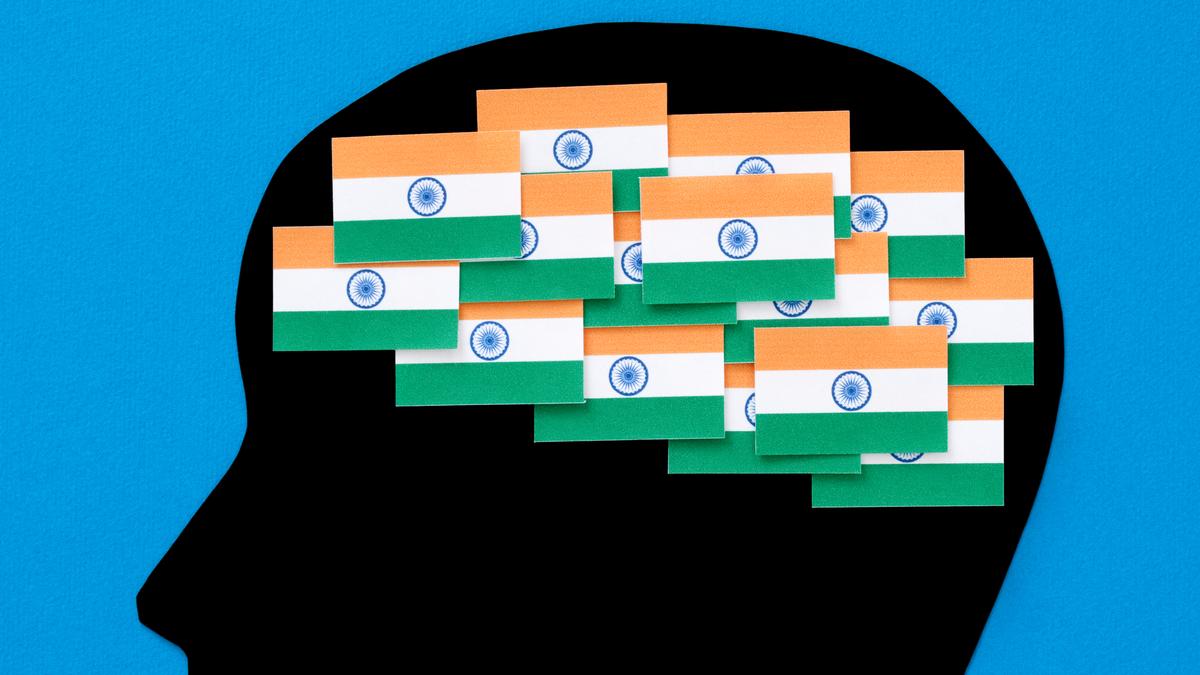- Courses
- GS Full Course 1 Year
- GS Full Course 2 Year
- GS Full Course 3 Year
- GS Full Course Till Selection
- Answer Alpha: Mains 2025 Mentorship
- MEP (Mains Enrichment Programme) Data, Facts
- Essay Target – 150+ Marks
- Online Program
- GS Recorded Course
- Polity
- Geography
- Economy
- Ancient, Medieval and Art & Culture AMAC
- Modern India, Post Independence & World History
- Environment
- Governance
- Science & Technology
- International Relations and Internal Security
- Disaster Management
- Ethics
- NCERT Current Affairs
- Indian Society and Social Issue
- NCERT- Science and Technology
- NCERT - Geography
- NCERT - Ancient History
- NCERT- World History
- NCERT Modern History
- CSAT
- 5 LAYERED ARJUNA Mentorship
- Public Administration Optional
- ABOUT US
- OUR TOPPERS
- TEST SERIES
- FREE STUDY MATERIAL
- VIDEOS
- CONTACT US
State of the World's Nursing Report 2025
State of the World's Nursing Report 2025

Why in News:
On International Nurses Day (May 12, 2025), the World Health Organization (WHO), in collaboration with the International Council of Nurses (ICN), released the State of the World’s Nursing (SoWN) 2025 report. The report presents a global overview of the nursing workforce, analyzing data from 194 countries. WHO releases SoWN report every 5 years (previous in 2020).
Key Findings of SoWN Report:
- Growth in Workforce but Unequal Distribution:
- Global nursing workforce grew from 27.9 million (2018) to 29.8 million (2023).
- However, 78% of nurses are concentrated in countries representing only 49% of the global population.
- Nurse-to-population ratio: 37.1 per 10,000, with Europe having 5 times more nurses than Africa.
- Projected Trends:
- The global nursing shortage, which was 5.8 million in 2023, is projected to reduce to 4.1 million by 2030.
- 70% of future shortages will be in Africa and the Eastern Mediterranean.
- International Migration:
- 1 in 7 nurses globally is foreign-born.
- In high-income countries (HICs), 23% of nurses are migrants, compared to just 1–8% in low- and middle-income countries.
- Ageing Workforce:
- 19% of the global nursing workforce is expected to retire by 2035, creating urgency in workforce planning for HICs.
- Working Conditions & Mental Health:
- Only 42% of countries provide mental health support to nurses.
- Despite 94% having minimum wage laws, support systems remain inadequate.
- Gender and Equity:
- Women constitute 85% of the global nursing workforce.
- Yet they experience persistent gender pay gaps, limited leadership roles, and underrepresentation in policy-making.
- Advanced Practice Nursing (APN):
- Recognized in 62% of countries, APNs play a key role in expanding access to care, especially in underserved areas.
Nursing in India- Status and Challenges:
- Nurse-to-Population Ratio:
- India has 1.9 nurses per 1,000 people, below WHO's recommended 3 per 1,000.
- Workforce Data:
- Over 3.3 million nurses registered with the Indian Nursing Council (INC).
- India faces a 2.4 million nurse deficit, with high burnout and compromised healthcare delivery.
- Geographical Disparity:
- Majority of nurses are based in urban areas; rural and remote regions remain underserved.
- Education and Training:
- Government plans to open 157 new nursing colleges by mid-2025, adding 15,700 B.Sc. Nursing seats.
- However Challenges remain in faculty shortages, lack of clinical infrastructure, and quality inconsistencies.
- Poor Working Conditions:
- Nurses face low wages, long hours, lack of mental health support, and unsafe workplaces.
- Social Stigma and Harassment:
- Gender bias and workplace harassment are common; many cases go unreported, contributing to mental stress.
- High Migration (Brain Drain):
- Over 640,000 Indian nurses work abroad (e.g., UK, Gulf, Australia).
- Migration is driven by better pay, working conditions, and career growth opportunities abroad.
Policy Recommendations (2026–2030):
The report outlines a roadmap for countries to address gaps and inequalities in Nursing Sector across the globe:
- Workforce Investment:
- Create nursing jobs in underserved areas; align education output with health system needs.
- Strengthen Education and Upskilling:
- Ensure adequate training infrastructure, continuous professional development and integrate AI/digital tools into curriculum.
- Improve Working Conditions:
- Offer competitive salaries, ensure mental health support, and improve workplace safety.
- Leadership and Governance:
- Appoint Chief Nursing Officers (CNOs) at national/state levels and expand nursing leadership training.
- Retention and Rural Deployment:
- Introduce bonded scholarships, rural service incentives, and clear career pathways to retain talent.
- International Cooperation:
- Form bilateral agreements to compensate source countries for nurse outmigration (e.g., India–UK MoUs).
- Gender Equity:
- Address gender pay gaps, promote leadership roles for women, and ensure representation in policymaking.
Conclusion:
The State of the World’s Nursing 2025 report highlights deep global inequities in the nursing workforce, especially affecting Africa and Asia. India, despite increasing its nurse training capacity, continues to face acute shortages, urban-rural imbalances, poor working conditions, and brain drain.
To achieve Universal Health Coverage (UHC) and Sustainable Development Goals (SDGs), India must urgently invest in nursing education, employment, regulation, and leadership. Empowering nurses is critical to building a resilient, equitable, and future-ready healthcare system.
|
Also Read |
|
UPSC Foundation Course |
|
| UPSC Monthly Magazine | CSAT Foundation Course |




